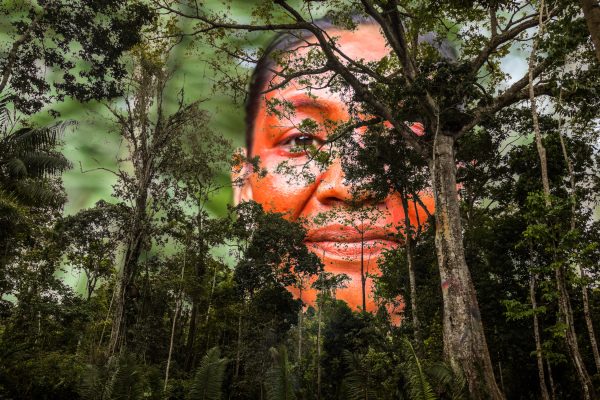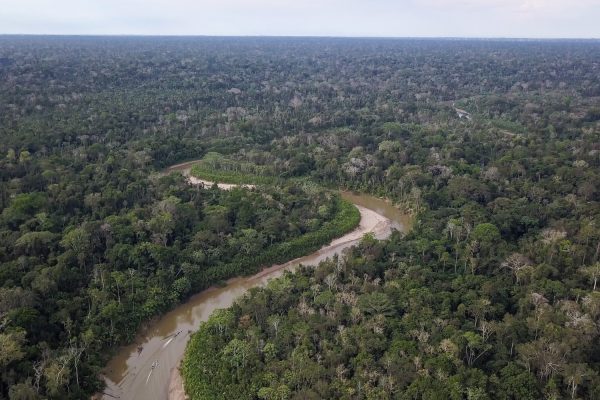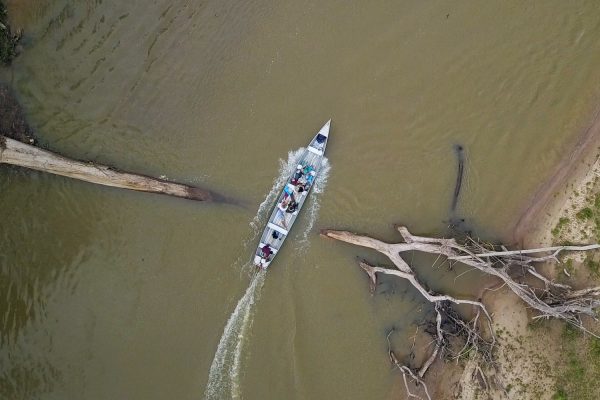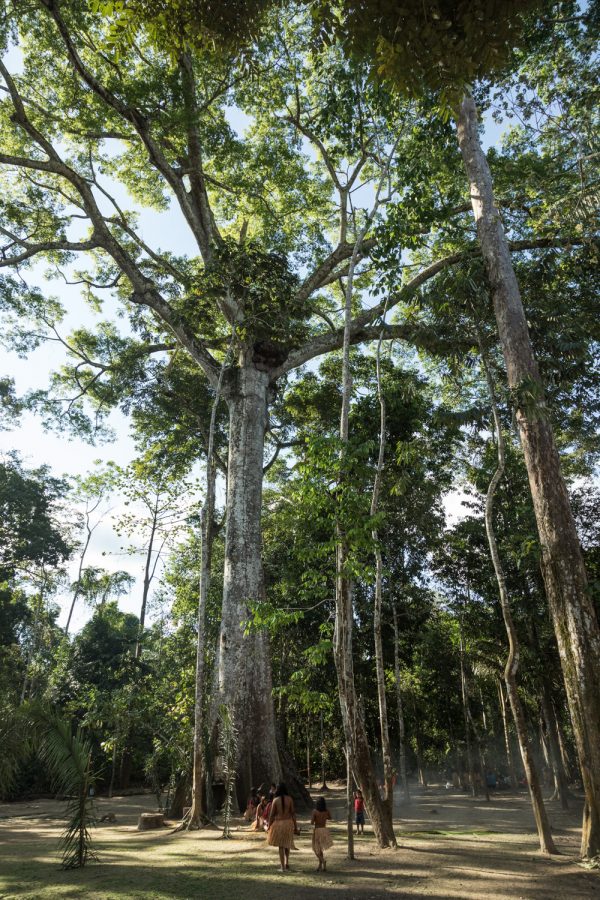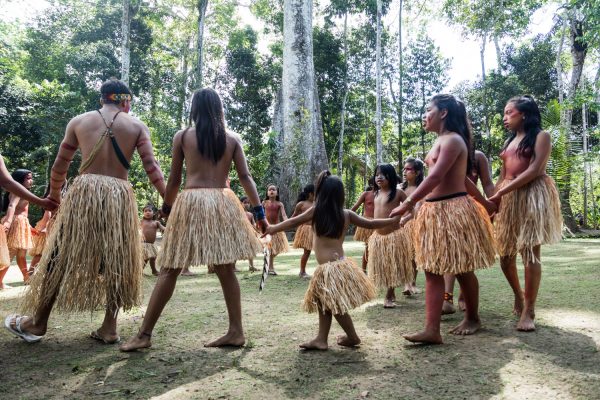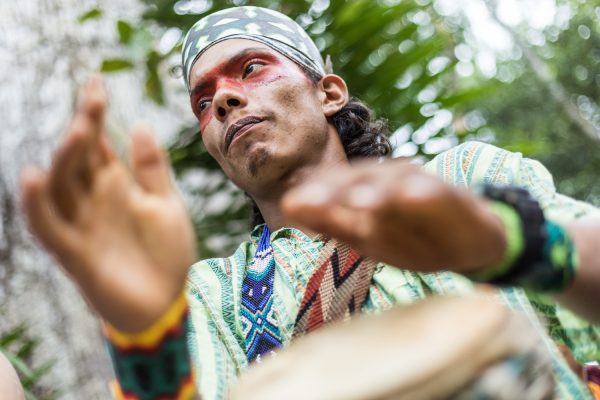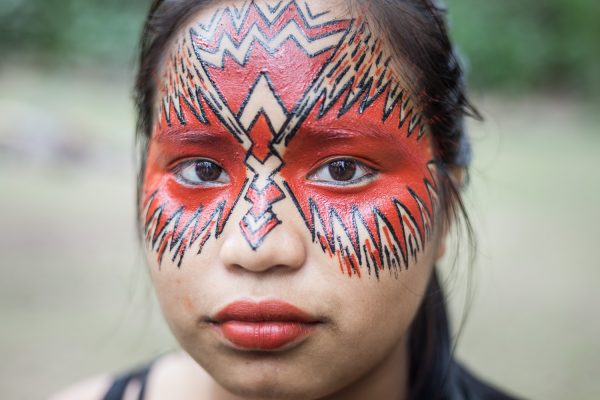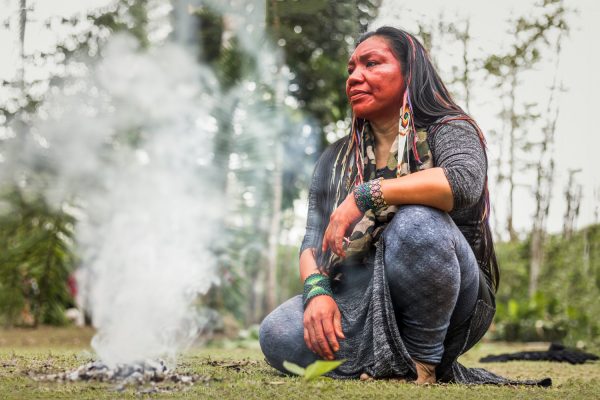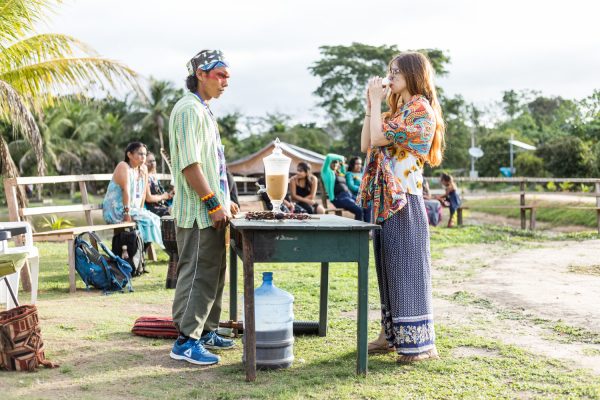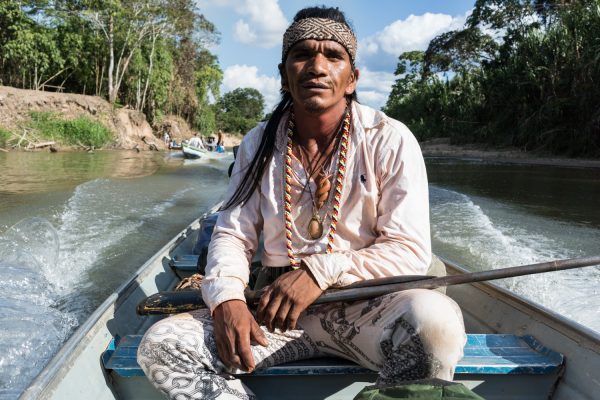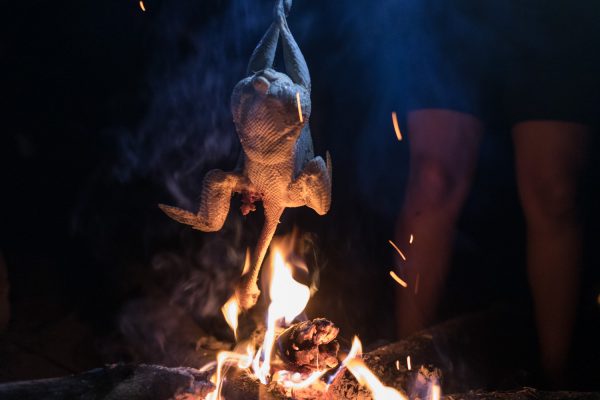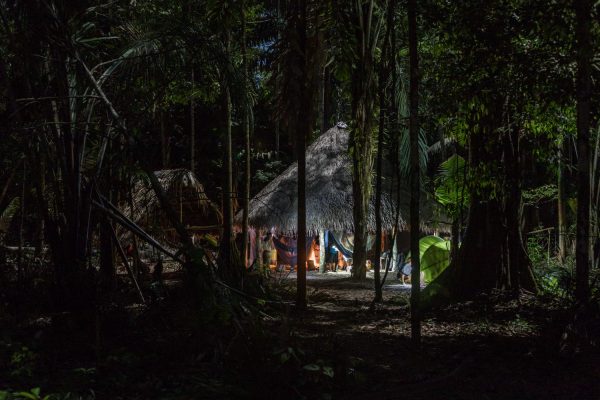This was my personal project in the Amazon that grew to be a multimedia reportage for UOL Tab.
Yawanawás are an Amazon tribe of little more than 1000 people, living in seven villages, set along the Rio Gregorio in Acre, a state of Brazil that borders Peru. Their land has a status of indigenous reservation since 1984. They established a great relation with white people, welcoming foreigners to visit them and get the knowledge of their culture, spirituality and healing powers of the plants of the Amazon.
But it was not always that way. After the first contact with white people in the beginning of the 20th century, the tribe got almost extinct because of the unknown diseases that came with newcomers, same people that enslaved them for the business of extracting rubber and wood from the region. However, the Yawanawás managed to survive and reestablish themselves. Some of their leaders studied in the cities and managed to establish a reservation and expel Christian missionaries that were trying to eliminate their believes. Since then, fierce feminine leaders such as Husháhu – the first women shaman of the tribe – are leading the revival. Husháhu broke the millennial men-only tradition and is now the key figure in the revival of the tribe, keeping knowledge of the ancestors and passing it to the young.
Yawanawás worship nature, and they do it through rituals, using sacred plants, such as Uní (in the western world known as Ayahuasca) to reach the spiritual world. Uní is a kind of tea, made of two different plants, used by the tribe shamans for thousands of years. The Yawanawás keep extensive and profound knowledge about its beneficial use for the people, a phenomenon being more and more recognized by people in abroad. The exposure and income they get from the visitors is a much-needed tool of protection, as security is fragile. Even though law protects Indian reservations on paper, in reality illegal woodcutters and threats of changing laws in Brazil constantly threaten indigenous people.
